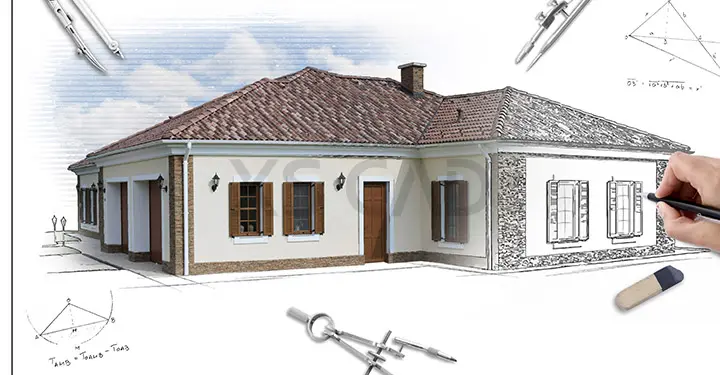
Architectural drafting is a crucial aspect of the design and construction process, serving as the foundation for turning creative visions into tangible structures. In today's rapidly evolving architectural landscape, innovative drafting firms are pushing the boundaries of traditional design practices to create groundbreaking and sustainable buildings. To acquire more information about architectural drafting firms, you can visit this site.
The Role of Architectural Drafting Firms
What is Architectural Drafting?
- Architectural drafting involves the creation of detailed technical drawings and plans that serve as the blueprint for a building's construction.
- These drawings include floor plans, elevations, sections, and other detailed specifications that guide the construction process.
- Architectural drafters use specialized software such as AutoCAD and Revit to create precise and accurate drawings.
The Importance of Architectural Drafting Firms
- Architectural drafting firms play a crucial role in translating the creative vision of architects and designers into practical construction plans.
- These firms work closely with architects, engineers, and contractors to ensure that the design intent is accurately represented in the final construction documents.
- By providing detailed and accurate drawings, drafting firms help streamline the construction process, reduce errors, and minimize costly rework.
Innovative Practices in Architectural Drafting
Integration of Building Information Modeling (BIM)
- BIM is a digital representation of the physical and functional characteristics of a building.
- Architectural drafting firms are increasingly using BIM software to create detailed 3D models that capture all aspects of a building's design and construction.
- By working in a BIM environment, drafting firms can identify and resolve potential conflicts early in the design process, leading to more efficient and cost-effective construction.
Parametric Design Techniques
- Parametric design allows architects and drafters to create complex and intricate geometries that would be difficult or impossible to achieve using traditional methods.
- By using algorithms and parameters to drive the design process, drafting firms can explore a wide range of design possibilities and optimize the final outcome.
- Parametric design techniques are particularly useful for creating sustainable and energy-efficient buildings that respond to site-specific conditions and environmental factors.
The Impact of Technology on Architectural Drafting
Advancements in Drafting Software
- Technological advancements have revolutionized the field of architectural drafting, allowing for faster, more accurate, and more collaborative design processes.
- Modern drafting software such as Autodesk's AutoCAD and Revit offer a wide range of tools and features that streamline the drafting process and enhance the quality of the final drawings.
- Cloud-based collaboration platforms enable architects, drafters, and other project stakeholders to work together in real-time, regardless of their physical location.
Virtual and Augmented Reality in Architectural Drafting
- Virtual and augmented reality technologies are increasingly being integrated into the architectural drafting process, allowing designers and clients to visualize and experience a building before it is constructed.
- Virtual reality enables users to immerse themselves in a digital representation of a building, providing a more immersive and interactive design experience.
- Augmented reality overlays digital information onto the physical world, allowing users to see how a proposed design will fit into its real-world context.
Challenges and Opportunities for Architectural Drafting Firms
Challenges
- Keeping up with rapidly evolving technology and software tools.
- Balancing the need for creativity and innovation with practical considerations such as budget and schedule constraints.
- Ensuring that the integration of new technologies does not compromise the quality or integrity of the design.
Opportunities
- Expanding into new markets and sectors, such as sustainable design, healthcare facilities, and urban planning.
- Collaborating with other design disciplines, such as landscape architecture and interior design, to create holistic and integrated design solutions.
- Embracing and leveraging emerging technologies, such as artificial intelligence and machine learning, to enhance the design process and improve efficiency.
Conclusion
As the architectural industry continues to evolve, innovative drafting firms are at the forefront of pushing the boundaries of design and construction. By embracing new technologies, adopting sustainable practices, and fostering collaboration and creativity, these firms are shaping the future of architecture and creating buildings that are both visually stunning and functionally efficient.

